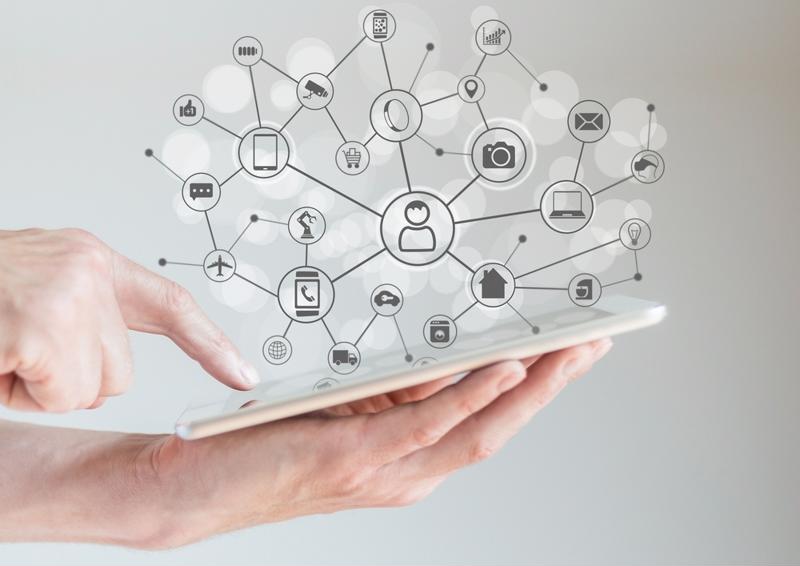Did data center monitoring beat the IoT to the punch?
Did data center monitoring beat the IoT to the punch?

The Internet of Things may just be the most highly anticipated technology revolution of our time. The ability to orchestrate real-time, machine-to-machine communication between hundreds or even thousands of endpoints has led to extraordinary innovations, such as self-driving vehicles, smart power grids and so much more.
Interestingly, the same basic tenets that make this massive network of connected devices possible (Gartner predicts more than 20 billion IoT endpoints by 2020) are already being widely implemented in data centers throughout the world. Specifically, many data center managers are using the following IoT-based functions to monitor and optimize environmental conditions within their facilities:
Internet-connected sensors
Just as sensor technology will play an essential role in the IoT – i.e., driverless cars, autonomous manufacturing units, etc. – strategically placed sensors throughout the data center have been integral to optimizing facility operations.
For example, temperature and humidity sensors throughout the data center collect environmental data, which is then parsed with data center infrastructure management (DCIM) software. From here, heat maps and other forms of data visualizations make it easy for operators to glean at-a-glance insight about facility conditions.
Likewise, power-distribution units with remote power monitoring allow for 99 percent billing-grade accuracy. What's more, because energy consumption levels are monitored in real time, operators can identify energy inefficiencies and address them accordingly.
Other real-time monitoring sensors include:
- Dry-contact sensors: These detect motion at critical doorways and entrances for the sake of enhancing security.
- Flood sensors: These cables use electrical currents to identify water accumulations, be they heavy condensation or complete submergence in liquid.

Automated functions
"Automated alerts are enabled by machine-to-machine communication."
With proactive data center monitoring, the second an environmental, power or security threshold is exceeded, predetermined personnel are alerted via SNMP, SMS or email. These automated alerts are enabled by machine-to-machine communication: Sensors pass the data to DCIM; DCIM analytics interpret the danger; the system then communicates with appropriate staff endpoints. All of this occurs without any human intervention.
It's not just alert notifications that are automated. Consider, for instance, how active airflow functions. When temperatures around cabinets increase, server fans may start to work harder in an attempt to draw in cool air. A cooling solution such as Geist ActiveAir™ is actually retrofitted with pressure sensors that can detect how hard these server fans are working. From here, fans built into the containment chamber will automatically adjust RPM according to that pressure reading. Again, in the event that these automated functions are not enough, temperature sensors linked up to DCIM, further linked to management endpoints, will convey this in the form of automatic alerts.
What you effectively end up with is a flexible, responsive machine-to-machine network – which is exactly what the IoT needs to function.



